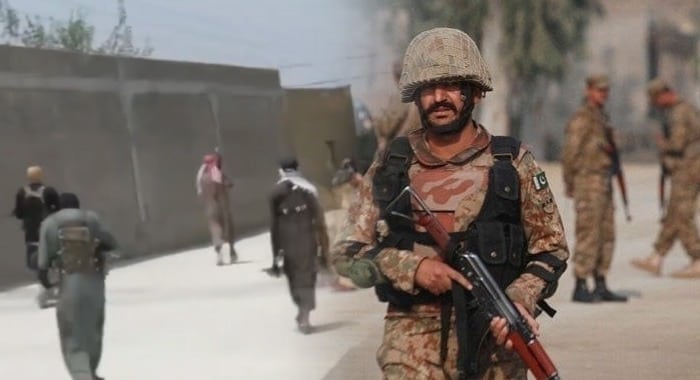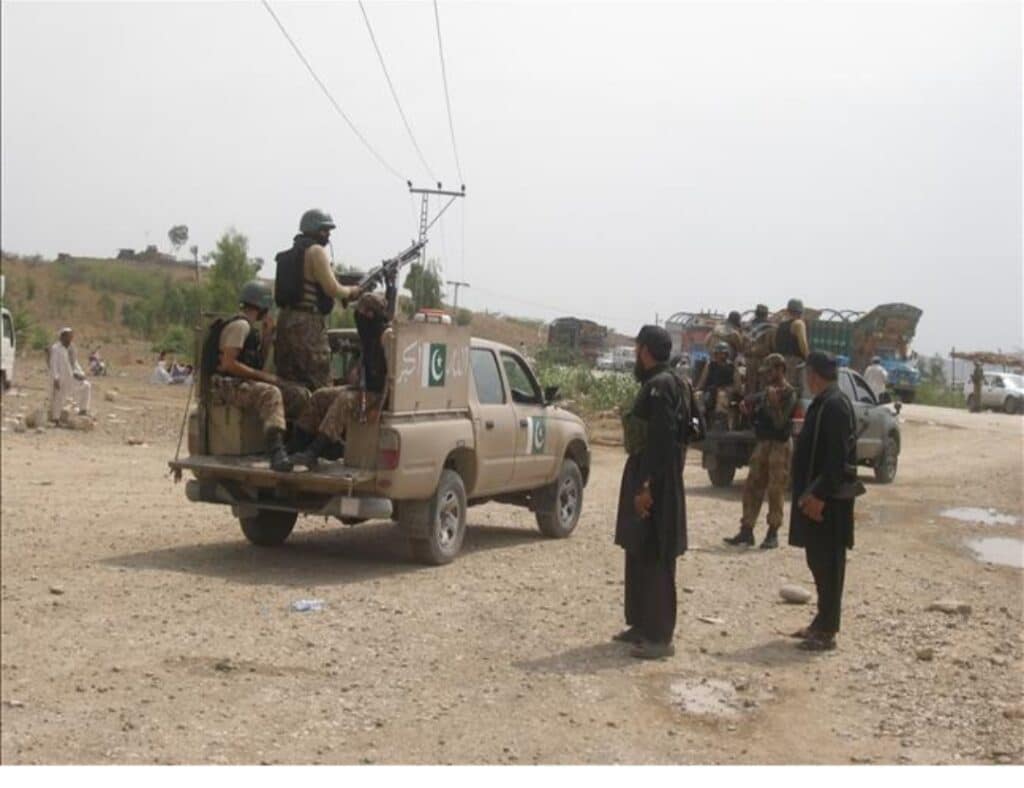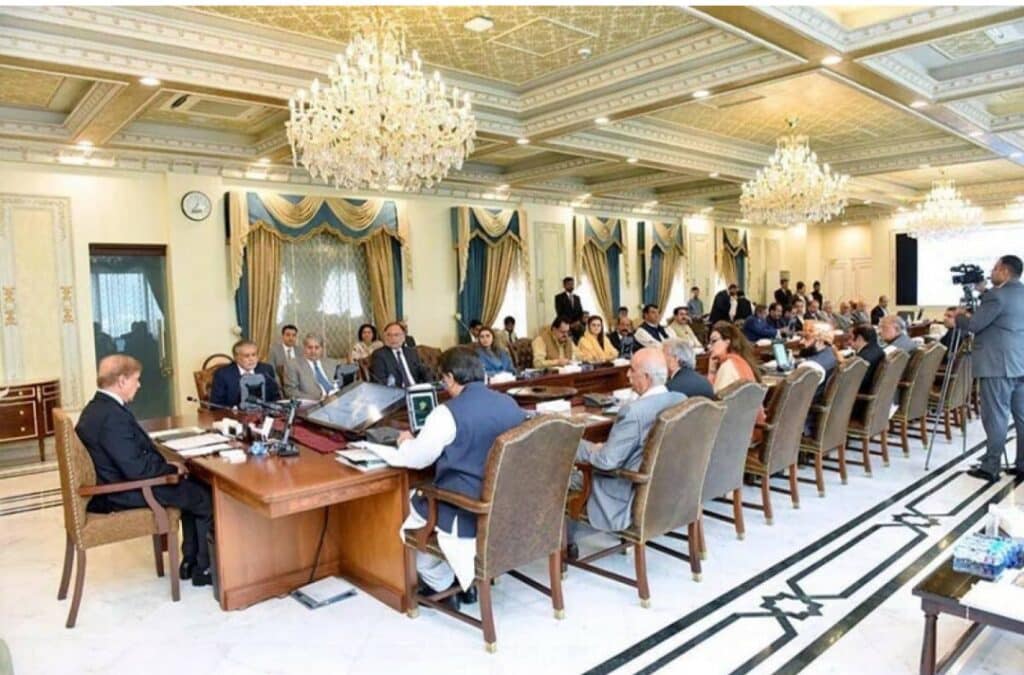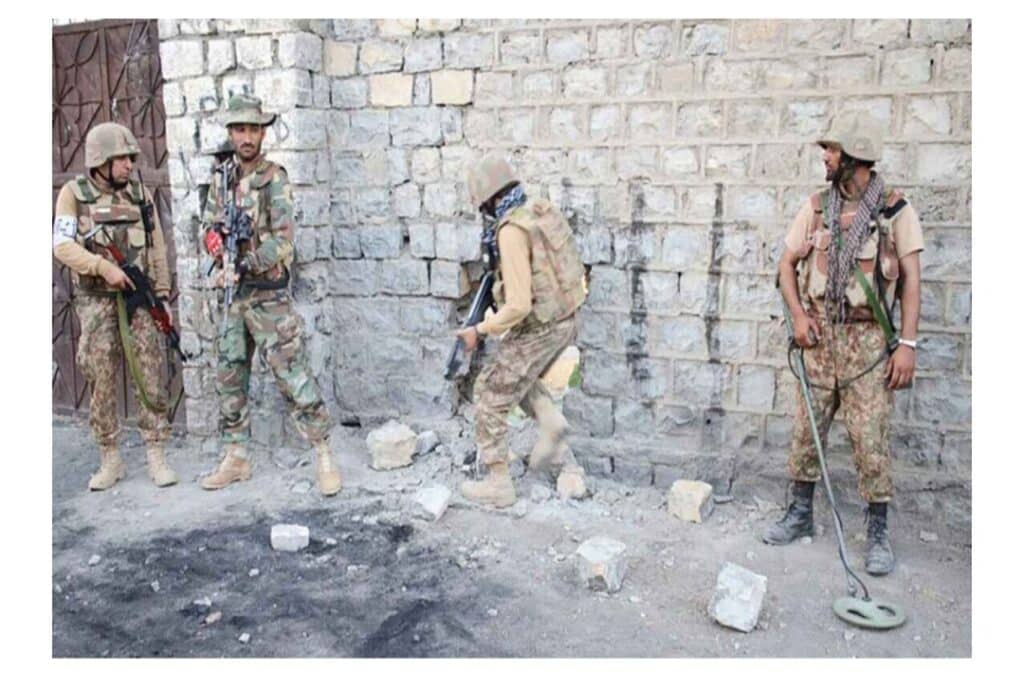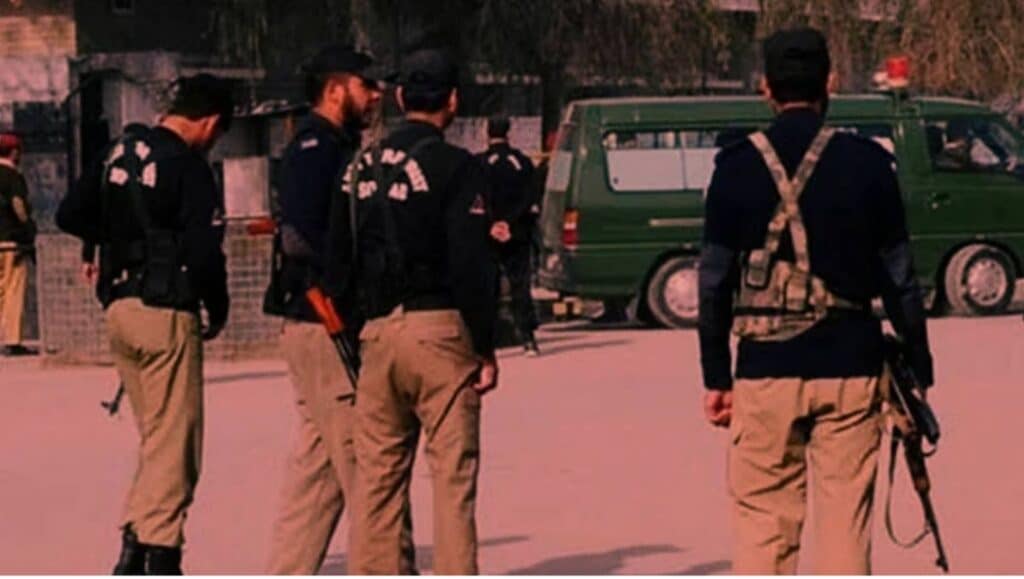Agha Syed Haider Shah
When a state boasts the world’s fifth-largest army, equipped with modern weaponry, state-of-the-art intelligence networks, drones, satellites, and a defense budget running into billions, its citizens naturally expect it to at least possess the capability to eliminate internal enemies namely, terrorists. Yet when those very terrorists responsible for massacring thousands of innocent people, bombing schools, attacking mosques, and beheading security personnel continue to move freely in Khyber Pakhtunkhwa, the former FATA region, and Balochistan, the issue is no longer one of mere state failure. It raises critical questions about the state’s intent.
Why does the full might of the state appear to be reserved for political dissidents in Islamabad, Lahore, and Karachi? Why are the guns turned only toward those who demand democracy, constitutional rights, and justice? Why does the law awaken only when a political worker expresses loyalty to their leadership?
We were told that a National Action Plan was formulated. We witnessed grand military operations like Zarb-e-Azb and Radd-ul-Fasaad. But what became of them? The same groups have resurfaced under new names and remain active. It increasingly appears that terrorism has been kept alive like a “controlled fire” just enough to justify a permanent security presence in specific regions.
The deprivation in Balochistan, the economic ruin of FATA, and the continued insecurity in Khyber Pakhtunkhwa reflect a grim reality: terrorism today is not merely a security challenge it has become a mirror reflecting the failure of state governance.
This double standard in policy is beyond comprehension. On one hand, the state engages in dialogue with militants who have openly defied its writ. On the other, it labels political parties as traitors or sympathizers of terrorists and opens fire on their workers. Is this the same state envisioned by Quaid-e-Azam, where the law was meant to apply equally to all? Is this the Pakistan where citizens were supposed to have the right to protest peacefully? Or has this become a new kind of state where asking questions is a crime, telling the truth is treason, and the sanctity of the vote is trampled under the boots of power?
If state institutions claim to be patriotic, then their duty is not only to protect borders—but to ensure internal peace and justice. The young men in these terror-hit regions who face danger daily—does their blood carry less value than the son of a VIP? And what of the mothers who send their children to school in fear are their lives worth nothing?
If terrorism cannot be defeated by brute force alone but through sound policy, justice, development, and public inclusion—then why is the state silent on all these fronts? If bullets can be fired at political workers from one party, then why does the same gun fall silent before terrorists? Are the terrorists spared simply because they don’t ask for votes, don’t represent the public, and only spread fear? Does the state prefer fear over its own people?
If the state truly sees itself as a “mother,” then why has it abandoned her children to terrorists children who yearn for knowledge, peace, employment, and stability? If the state has the power, the resources, and the will, why is that resolve used only to preserve power, not to eradicate terrorism? If the state refuses to fight this war, how much longer will the public carry coffins? How long will innocent blood be spilled, children orphaned, mothers widowed, and lands deserted?
This is a defining moment. The state must decide: is its gun aimed only at its own people or does it have the courage to stand against terrorism? Nations are built on justice, not fear. And if the state fails to change course, history will not forgive it. The generations to come will ask one question:
“When the time came where were you?”

